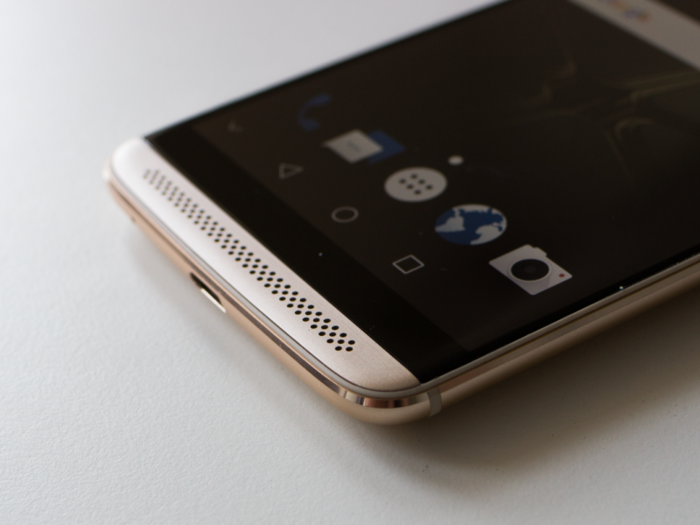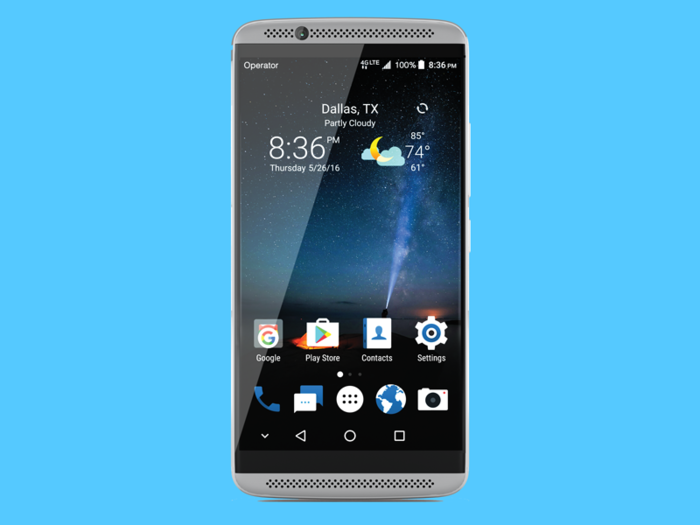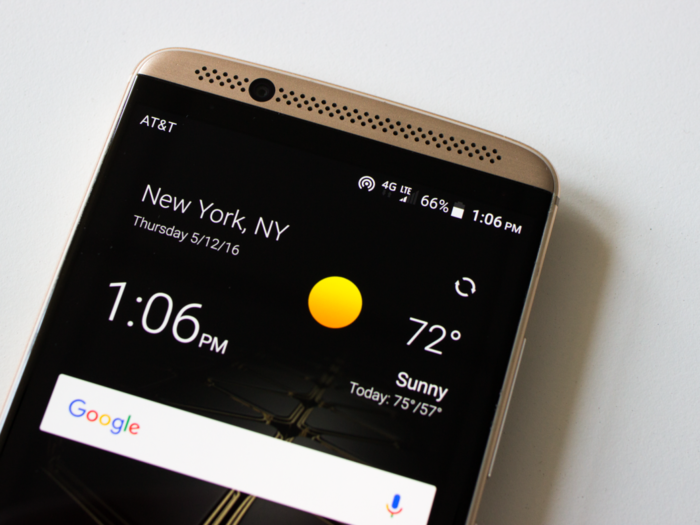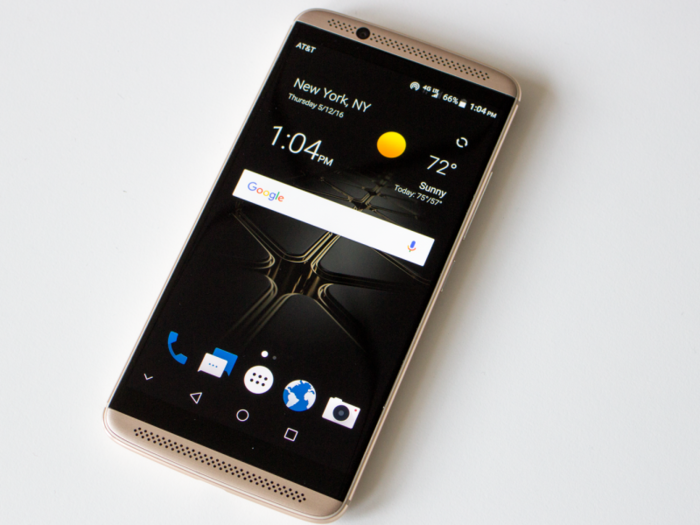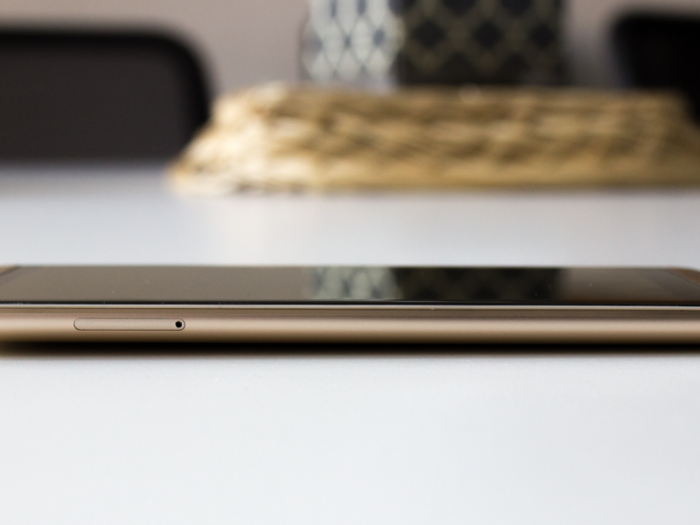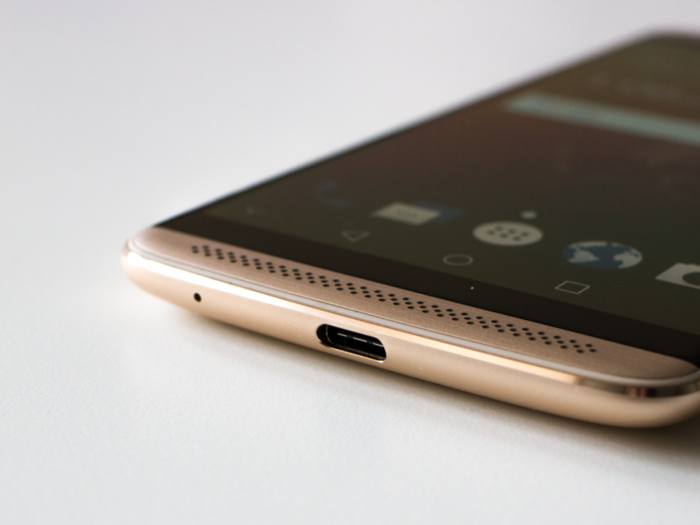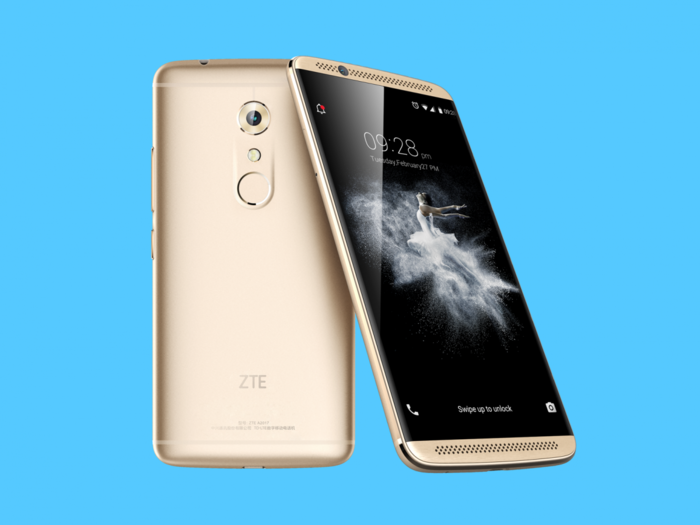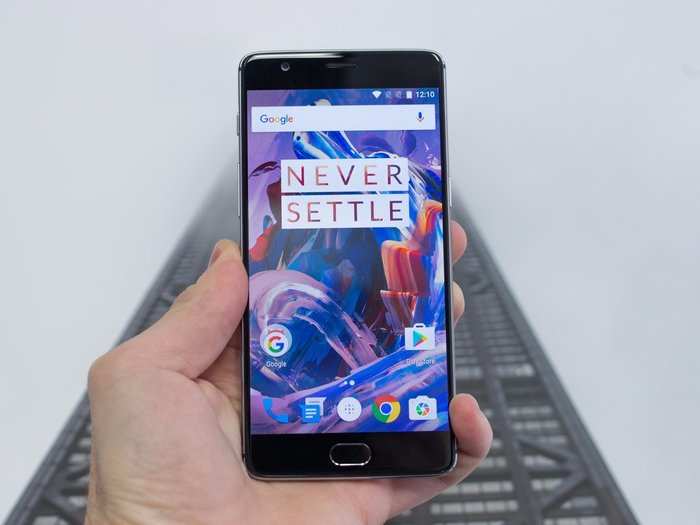Running on the latest and powerful Snapdragon 820 processor along with 4GB of RAM, the Axon 7 runs quickly and smoothly, with no problems on apps.
ZTE also thankfully decided to keep its own layer of software that runs on top of Android relatively light. That means that the version of Android running on the Axon 7 looks and feels mostly like the pure, raw Android operating system.
Other phone makers like Samsung tend to add heavy layers of their own software and design, which renders Android almost unrecognizable.
You'll still find a few of ZTE's own superfluous and redundant apps, like Email, but you can at least delete them from the home screen.
The fingerprint sensor works quickly when it registers, but I have some grumbles about fingerprint sensors on the back. For one, I find it harder to line up my finger with a rear-facing sensor than my thumb on a front-facing sensor. Reaching for the sensor on the back with my natural hand position also forces me to use the side of my finger, which doesn't register as well as the flat surface of my finger.
Of course, I could use the flat surface of my finger, but I have to hold the Axon 7 (and any phone with a rear-facing fingerprint sensor, like the latest Nexus phones) in an awkward position to do so.
I like the Axon 7, but I prefer the OnePlus 3 in almost every respect, which has similar specs and also costs $400. If the OnePlus 3 wasn't around, the Axon 7 would be a clear winner, but the OnePlus 3 ups the Axon 7 in design and the fact that it runs a version of Android that's even closer to the pure, raw version. And while the Axon 7 has a superb camera, the OnePlus 3 also has a fantastic camera that should suit anyone's needs.

